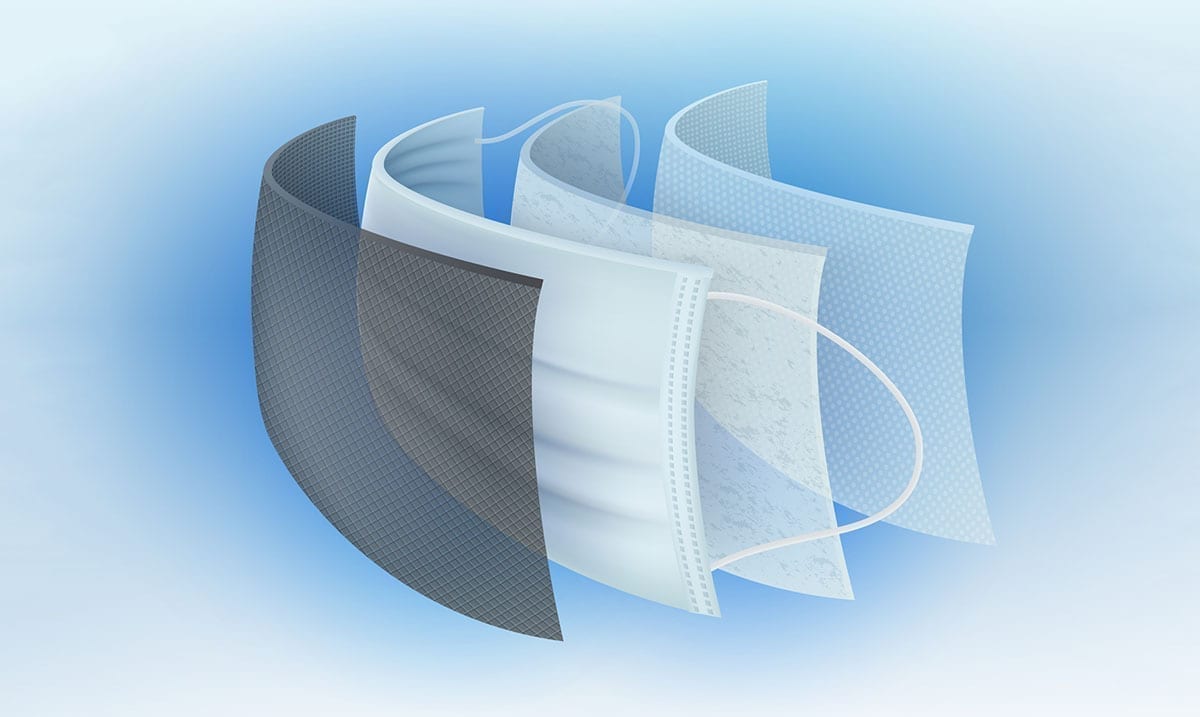Recently WHO has released new guidelines in regard to masks. This covers seemingly all kinds of face masks and highlights what fabric masks should consist of.
Now, for those who do not know fabric face masks are masks made of fabric that a lot of people are making at home. That being said, you can purchase them online and in some stores. These masks are to be worn by those at risk, those who may potentially have the virus itself (COVID-19), and well the general public as is needed.
While N95 masks and other things of the sort are an option, those should be used by those working in the medical world as to not reduce supplies further. These new guidelines were released just days ago and within them, they note that fabric masks should consist of three layers. This could be news to some as most people think one small layer will be enough to protect them from the virus which sadly is not the case.
Fabric masks need to have an inner layer for absorption, an outer layer made out of something like polyester, and a middle layer for filtration. This middle layer could be made up of a number of things and WHO says it should be a ‘hydrophobic layer of synthetic non-woven material such as polypropylene or a cotton layer which may enhance filtration or retain droplets.’ It should also be noted that masks need to be washed and that those using them shouldn’t simply be stashing them in their car’s glovebox to pull out before going into a store. If you use one and go home it should be cleaned properly from there before being used again.
NBC News wrote as follows about these guidelines being changed and touched on some other things within them:
The World Health Organization is broadening its recommendations for the use of masks during the coronavirus pandemic and said Friday it is now advising that in areas where the virus is spreading, people should wear fabric masks when social distancing is not possible, such as on public transportation and in shops.
WHO Director-General Tedros Adhanom Ghebreyesus said people over age 60 or with underlying medical conditions also should wear masks in situations where social distancing cannot be maintained. WHO previously had recommended that only health care workers, people with COVID-19 and their caregivers wear medical masks, noting a global shortage of supplies.
During a press briefing discussing the revised guidance, Tedros added that “masks on their own will not protect you from COVID-19” and emphasized the importance of hand-washing, social distancing and other infection-prevention strategies.
WHO also widened its mask guidance to specify that health workers in areas where the virus is spreading freely should always wear masks inside medical facilities. Doctors working in cardiology or other wards, for example, should wear medical masks even if the facilities had no known coronavirus patients, Tedros said.
While this pandemic is dying down and things are opening back up we still need to be careful. This virus is a dangerous one, and we all need to be aware of it. Because of how drastic things have been since this virus began spreading, caution should be used when trying to get back to normal.

